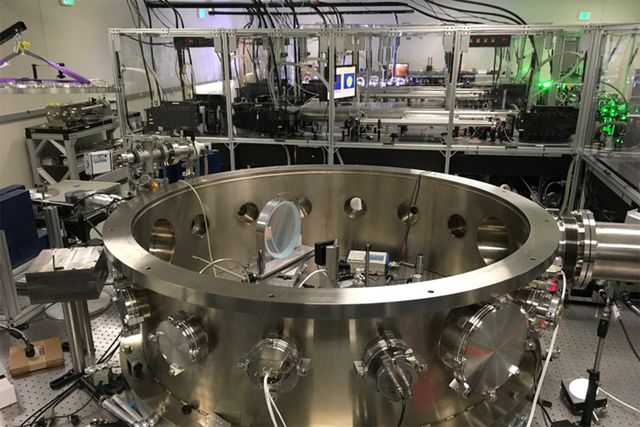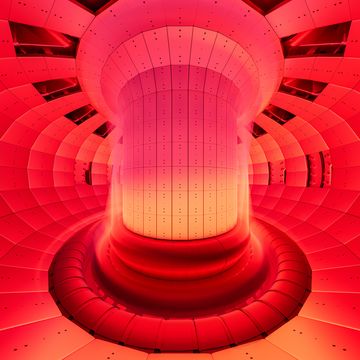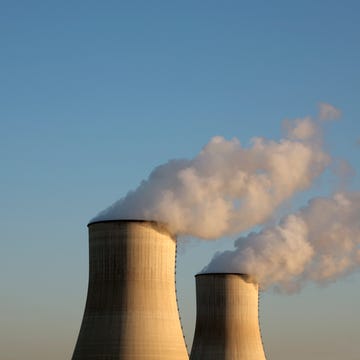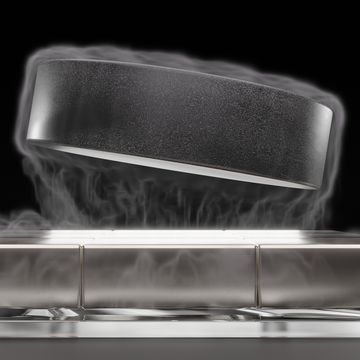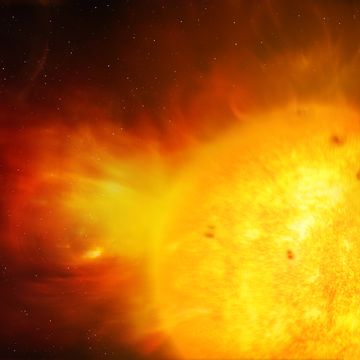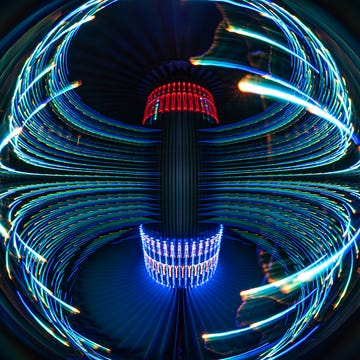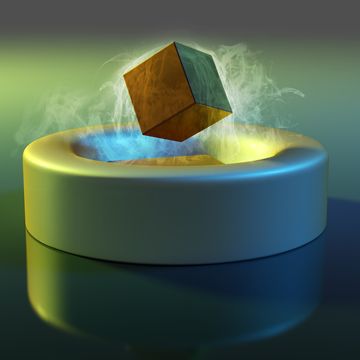A research team at Colorado State University has successfully sparked laser-driven nuclear fusion on a micro scale. Using small, powerful lasers built in the CSU lab, the researchers heated nanowires made of deuterated polyethylene—a material that is similar to common polyethylene plastic, except the hydrogen atoms are replaced by a heavier isotope of hydrogen, deuterium. By irradiating these synthetic wires, too small to see, the team achieved immense temperatures and highly efficient nuclear fusion.
Laser-driven fusion is not a new concept, and multiple large-scale experiments have been conducted over the years in an attempt to generate clean energy. The CSU work, detailed in a paper published March 14 in Nature Communications, is the first to use an array of nanowires, rather than the solid blocks of fuel generally used in bigger experiments. The result was highly efficient fusion, 500 times better neutron generation per unit of laser energy. (Deuterium, unlike common hydrogen, has a neutron in its nucleus, and some of the neutrons are released as the material fuses into helium.)
"Nuclear fusion is regularly created in spherical plasma compressions driven by multi-kilojoule pulses from the world’s largest lasers," says the new paper, led by CSU graduate student Alden Curtis. "Here we demonstrate a dense fusion environment created by irradiating arrays of deuterated nanostructures with joule-level pulses from a compact ultrafast laser. The irradiation of ordered deuterated polyethylene nanowires arrays with femtosecond pulses of relativistic intensity creates ultra-high energy density plasmas in which deuterons (D) are accelerated up to MeV energies, efficiently driving D–D fusion reactions and ultrafast neutron bursts."
Fusion at this scale, however, is not going to generate power for the grid. The work at CSU paves the way for additional research into the interaction between ultra-dense lasers and matter. Additionally, the work could lead to advances in neutron imaging, similar in application to X-ray imaging.
Generating small-scale, affordable nuclear fusion can help advance fusion research at large, and using arrays of nanowires as a fuel source presents some interesting possibilities for scaling the technique. Nuclear fusion may one day provide the clean energy revolution humanity seeks, but applications of nuclear fusion in the lab, fusing hydrogen into helium like the sun itself, presents additional possibilities for scientific research.
Source: Colorado State University

Jay Bennett is the associate editor of PopularMechanics.com. He has also written for Smithsonian, Popular Science and Outside Magazine.
